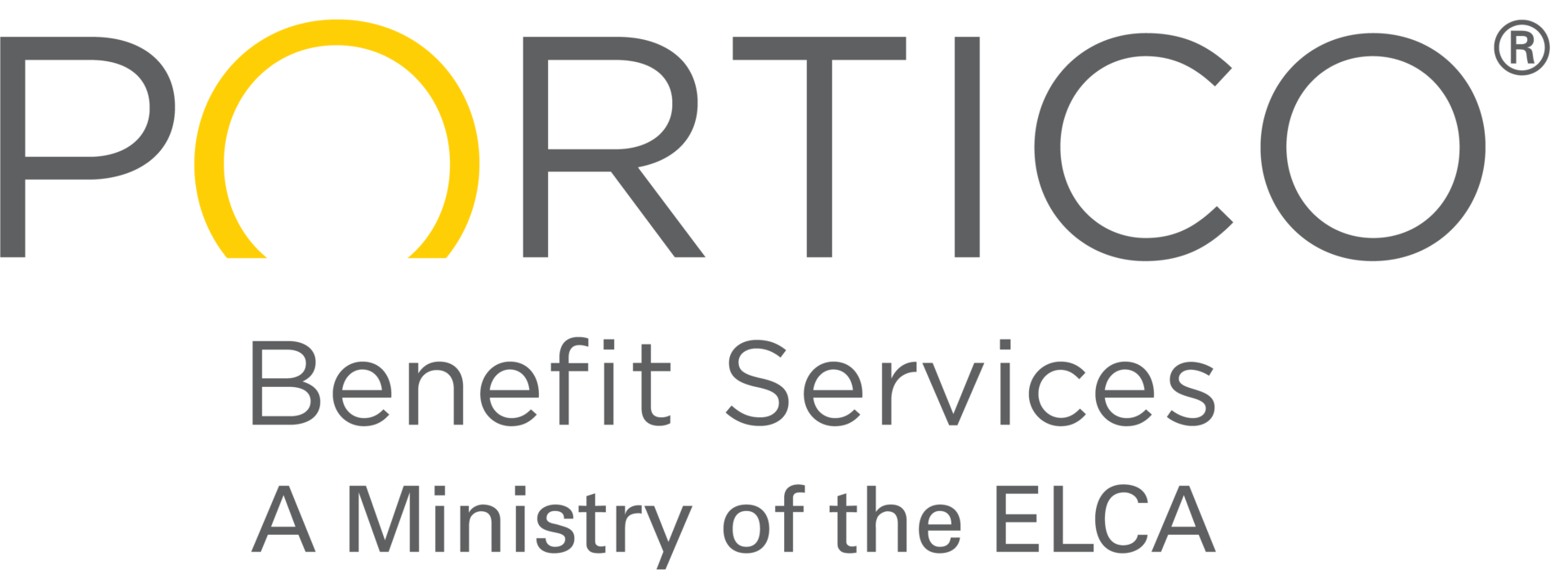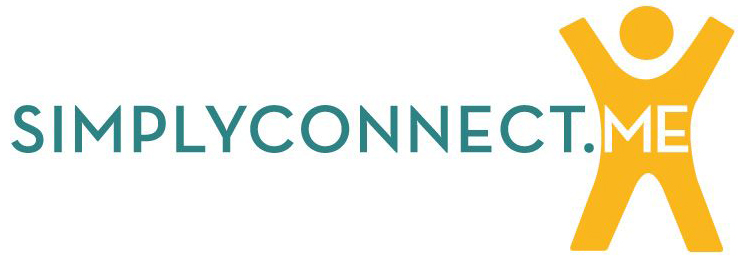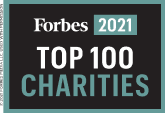The broker selection process is a great tool for an organization to effectively and efficiently select the best broker and the best insurance company. The following outlines the steps that you can take to use the Broker Selection Process effectively:
#1: Management Commitment to the Broker Selection Process
It is important to determine in advance that you will either use or not use this process. You don’t want to get in a position where you start off using this process and then go back to the traditional way of selecting your insurance coverage during the same purchasing cycle. If you don’t like the end result, then you can go back to the traditional approach (or a hybrid scenario).
#2: Identify Potential Brokers
You might limit the number of brokers that you interview; however, this is the time to give a fair evaluation to many of the brokers/agents that call on you. However, many won’t know how to respond because they are just in the business of “quoting” insurance. This is a great time to hear what a few them have to say without having to go through “the quoting process” with all of them! Be reasonable with the number of interviews that you plan and don’t wear yourself out!
#3: Determine Selection Criteria
It is very helpful to do this in advance. Often, management will create a comparison tool to help fairly evaluate different brokers. After determining the variables to compare, you can give a weight to each variable in order to help you focus on the more important areas. Remember, this is your tool. You determine what variables are important and how important they are. We have provided a sample. Remember to think through all different dimensions of your broker relationship. In addition to the obvious insurance company considerations, policy differences and traditional agency services, consider risk management and claims management services as well. How can a particular broker assist you in managing all the costs of risk – both pre- and post-loss – not just your insurance premiums?
#4: Management Team Involvement
Consider incorporating your financial, clinical, and human resource staff into these presentations, as the material covered likely will affect all of these disciplines. All decision makers should be involved in the process. They will also benefit by learning what other services may be available in the marketplace.
#5: Interviews
Explain the process to the brokers who you will interview and let them know how much time that they will have with you for the interview/presentation. You might ultimately communicate what you are looking for from the brokers you will be interviewing in advance. This will involve far less time than you will spend with each broker if you have multiple brokers participate in “quoting” in the traditional sense. A broker that has a very thorough service driven program will likely need at least 60 minutes. Follow-up interviews may be granted to finalists if this will help.
#6: Rate Brokers
Some may prefer to use the tool more formally while others may allow instinct to guide them. Either way, be sure that you apply what works for you consistently.
#7: Communicate Decision
Upon selecting a broker, let all parties involved know your decision.
#8: Partnership
Your new broker should understand that they are now a partner with your organization in all aspects of your Risk Management and Insurance program. Your new broker should now solicit proposals from all appropriate companies and bring all proposals to you for your renewal along with an analysis of program options.
This is the second entry of a three-part series of blog posts. Read the first and third posts. Find out more from Johnson, Kendall & Johnson or contact Rafael Haciski.














